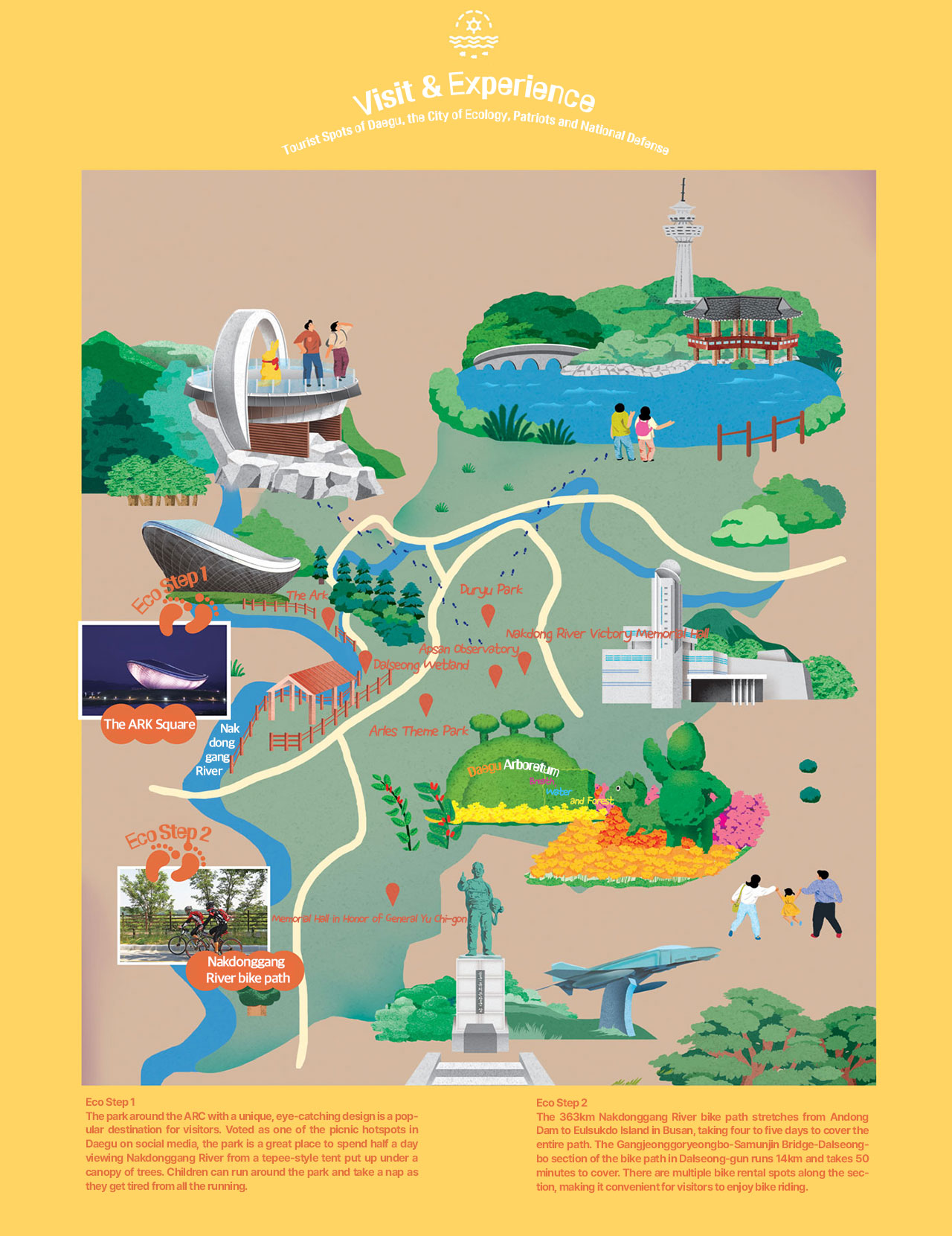-
 2023. June VOL. 663
2023. June VOL. 663
A river is metaphorical, and is often used as a metaphor for the passage of time, years gone by and history. Justice and truth are no exception. They flow like a river that follows the law of nature. Sometimes, we forget this simple truth being preoccupied by a hectic life. Perhaps, we should embark on a journey to fix the circuit of oblivion that has become rusty over time. There is no need to travel afar. Just take a moment to take in and appreciate the beautiful greenery around you or immerse yourself in the bosom of Mother Nature that is easily accessible from the city.
Nakdonggang River (506.17km) is the longest river in South Korea. Originating from Taebaek City in Gangwon-do Province, the river runs through mountains to form its path of flow across Gyeongsangbuk-do Province, while wetting and enriching the soil to reach Samunjin in Daegu Metropolitan City. Samunjin is a ferry where ‘Waemungo(倭物庫)’, a warehouse used to store goods imported from Japan in the Joseon dynasty. Foreign missionaries brought the first pianos into Korea through this waterway. Later on, a bridge was built across the river and Samunjin was closed as a ferry. Today, the area is bustling with bars, and everyone can enjoy a cruise in Nakdonggang River. An ecological exploration path runs from the bar district in Samunjin to the Dalseong Wetland Ecological Learning Center. The 1km deck path runs over water along the cliffs of Hwawondongsan called the Garden of Flowers. The short path is loaded with things to please your eyes, including the rugged river cliffs, the trees firmly rooted and growing on the cliffs, fish flying above water, herons swooping down to prey on fish and the beautiful sunset that paints the green Dalseong wetland red.
At the end of the path is the Dalseong Wetland Ecological Learning Center. The river is wide in front of the center and an island lies in the middle of the river. This river island divides the river into Geumhogang River on the right and Nakdonggang River on the left. Dalseong Wetland is where the two bodies of water meet.
Dalseong Wetland is home to over 520 different species including hooded cranes and narrow-mouthed toads, making it an ecologically important area that should be preserved. The center provides all the information on the formation of the wetland, animals and plants that call the wetland home and Nakdonggang River. Different types of resources including audio-visual information is available on the second floor of the center.
There is an interesting building at the location where Nakdonggang and Geumhogang Rivers meet. It is the Ark Cultural Center in the shape of an iconic whale. The building of the K-water-run center was designed by the world-renowned Arkhitect Hani Rashid. The building design is characterized by scenes of nature including stones skipping across the river surface and fish breaching to water surface and also by sleek curves of traditional Korean porcelain.
Inside The Ark are the River Culture Museum, an art gallery, a circle video zone and an observatory all of which encompasses the theme of ‘Communication between a river and people’ permeates the entire building. At night, the landscape lighting is turned on, creating a completely different atmosphere. If you make your way to the riverside away from the Ark, you will find Gangjeonggoryeongbo (953.5m), the longest of the 16 weirs in South Korea. It is a bike riders’ hotspot with a bike ride completion certification center is located at the entrance of the weir.
Nakdonggang River has been the lifeline of Yeongnam area for thousands of years. The fertile land around the river was a fierce battleground for the ancient kingdoms of Korea, with the Korean War being no exception. On June 25, 1950, North Korea invaded the South in a surprise attack without a declaration of war. South Korean armed forces resisted to no avail, and were forced to retreat down to the Nakdonggang River front in less than three months after the outbreak of war.
In the patriotic month of June, Daegu is a great place to visit as there are numerous tourists’ spots where you can learn about the history of the Korean War in the city. Nakdong River Victory Memorial Hall in Apsan Mountain has served as an important educational facility to highlight the importance of national defense and patriotism since it was opened in 1979. The hall consists of an outdoor exhibition hall and indoor ones on each of the three floors. The exhibitions on the 1st and 2nd floors display documents and videos on the background of the Korean War outbreak, initial developments at the war’s early stage, formation of defensive perimeters by the South Korean forces and other scenes of the war revealing the fierce battles fought during the war. The highlights of the exhibitions are the Nakdonggang River Battle that was fought twice in August and September 1950, with the river becoming a battlefield as the South Korean and UN forces built a defensive foothold there as a last bastion. North Korea sent some 21,000 troops into the Dabudong area to break through the defensive foothold. By contrast, there were only around 8,200 troops among South Korean and UN forces, including the police and local residents, which amounted to less than half the North Korean forces. Despite being completely outnumbered, the South Koreans successfully fought against the invading North for 55 days, and ended up holding their defensive positions. This fiercely-fought battle has been recreated in a diorama.
At the foot of Biseulsan Mountain in Dalseong-gun, Daegu is the Memorial Hall in Honor of General Yu Chi-gon. Born in Dalseong-gun, General Yu served in the Korean Air Force as a fighter pilot during the Korean War and flew his first sortie from Gangneung Air Base in 1951.
General Yu fought in countless battles including the operation to blow up a railroad bridge in Seungho-ri near Pyongyang, while amassing a record-breaking 203 sorties in Korean Air Force history. The story of General Yu was made into a movie titled <The Red Scarf> that was released in 1964. The movie was a blockbuster success and voted as the best war movie of its time in South Korea. A few retired fighter jets together with a statue of General Yu are displayed outside the memorial hall.
If you travel north along the Nakdonggang River, you will arrive at Chilgok-gun, where the Battle of Dabudong for the Nakdonggang River defensive foothold raged. The Chilgok Patriots & Peace Memorial was opened here in October 2015. The museum displays artifacts related to the battle at the Nakdonggang River defensive foothold that continued here in Chilgok for 55 days. There are the Battle Experience Room and 4D Screen Rider Room.
We carry on our daily lives as if fighting a silent battle with hellish traffic and subway congestion and crowded buses during rush hours. Then, how is a real battle different from the war-like daily routine we face every day? Perhaps, a comparison of the two is a stretch on the surface, but both may share the same pandemonium on the inside. In any case, I want to look down at Nakdonggang River, and sing a song of hope because things will eventually work out as they should like the way a river runs.
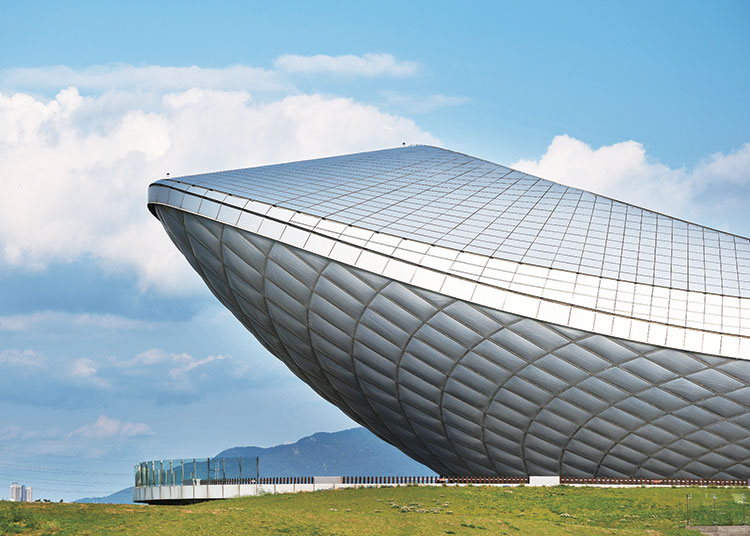 The Ark
The Ark

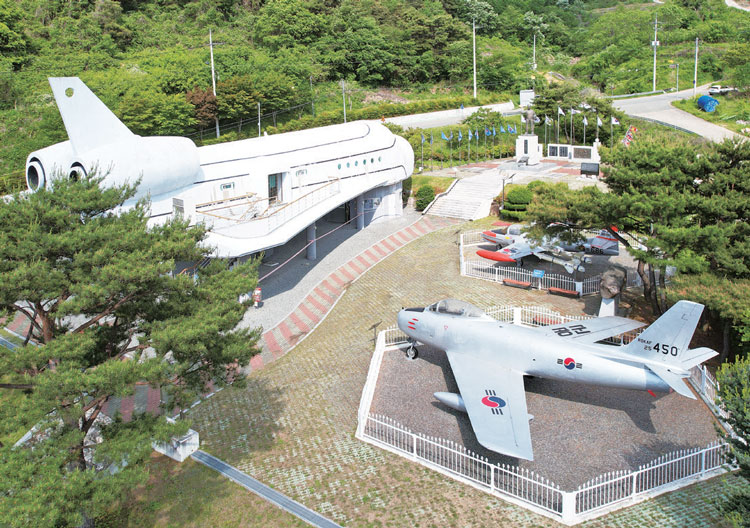
 Memorial Hall in Honor of General Yu Chi-gon
Memorial Hall in Honor of General Yu Chi-gon
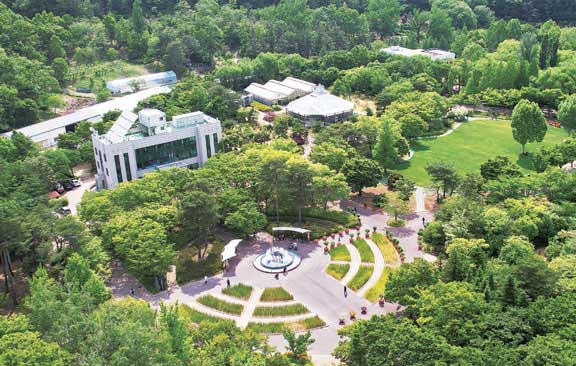
Until 1990, the site of Daegu Arboretum was a ‘trash mountain’ made of 4.1 million tons of trash that piled up as high as 18m. The trash mountain was transformed into an arboretum, which launched in 1996 and ended in 2002, making it the first public arboretum registered with the Korea Forest Service. The arboretum called the Lungs of Daegu is used as an ecological learning center and a place where people can come and relax.
![]() Address 342 Hwa-am-ro, Dalseo-gu, Daegu
Address 342 Hwa-am-ro, Dalseo-gu, Daegu
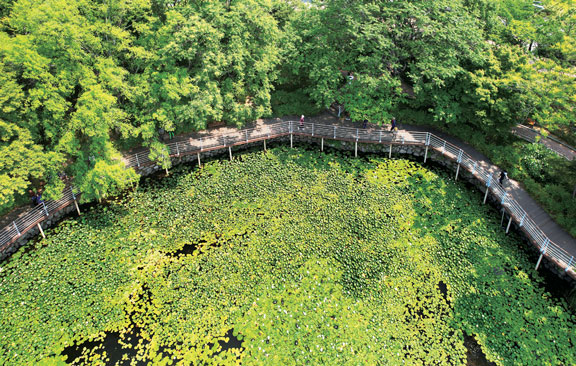
The park is located at Geumbongsan and Duryusan Mountains in Dalseo-gu, Daegu. The park features the Memorial Monument in honor of the February 28 Students’ Democracy Movement, which triggered the April 19 Students’ Uprising, as well as a statue of Sanghwa Lee, a Korean national poet, a soccer field, a baseball field, hiking trails on Geumgbongsan Mountain along Seongdangmot Pond.
![]() Address 36 Gongwonsunhwan-ro, Dalseo-gu, Daegu.
Address 36 Gongwonsunhwan-ro, Dalseo-gu, Daegu.
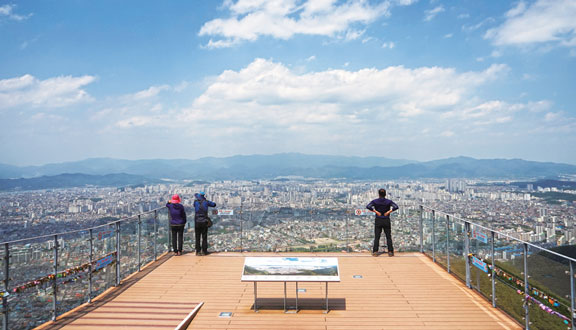
Rising as high as 660m in the south of Daegu City, Apsan Mountain adjoins Sanseongsan and Daedeoksan Mountains. Apsan Park has been built along the valleys. Although it is located within a city spanning three different districts including Nam-gu, Dalseo-gu and Suseong-gu, it is still a natural park with a cable car, an observatory and the Nakdong River Victory Memorial Hall.
![]() Address 454 Apsan-sunhwan-ro, Nam-gu, Daegu
Address 454 Apsan-sunhwan-ro, Nam-gu, Daegu
